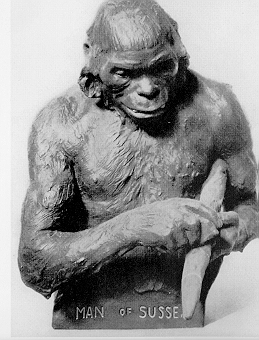S/M says: State your criteria for the test first, because I am sure if I give you some data you will say it isn't good enough. Therefore I want in black and white the criteria for the test so you can't back out like a little weasel.
Woody says: OK
1) Apply Darwin's theory to define an environment that causes a "life struggle" -- such as cold temperatures. Propose this to be the cause of change for hypothesis testing purposes.
2) Identify "potential good traits" on an
a priori basis -- these traits could hypothetically increase the chances of survival -- traits such as higher metabolism, more body hair, more body insulation, etc, etc. A
Post priori basis (after the fact) won't get it -- we are doing a hypothesis test here.
3)State your hypothesis. For example: Cold weather causes animals to genetically change so they grow longer hair, have more body fat, have higher metabolism, etc.
4) Choose a species that has a short reproduction cycle -- such as a mouse.
5) Control the test, and account for the causes of all the mortalities (the best you can). This step is optional, but could provide insight on how your test is proceding.
6) Continue the test until it appears you have statistically significant data.
7) If you think you have statistically significant data do the appropriate analysis to determine if it's just a random drift in the population (noise factors), or if there is a direct cause-and-effect relationship as stated in the hypothesis.
8) Repeat the test to verify the cause and effect relationship -- (this could also be done by running another test in parallel).
9) If any "surprise traits" come about that you have not postulated, then change your hypothesis and run another test.


